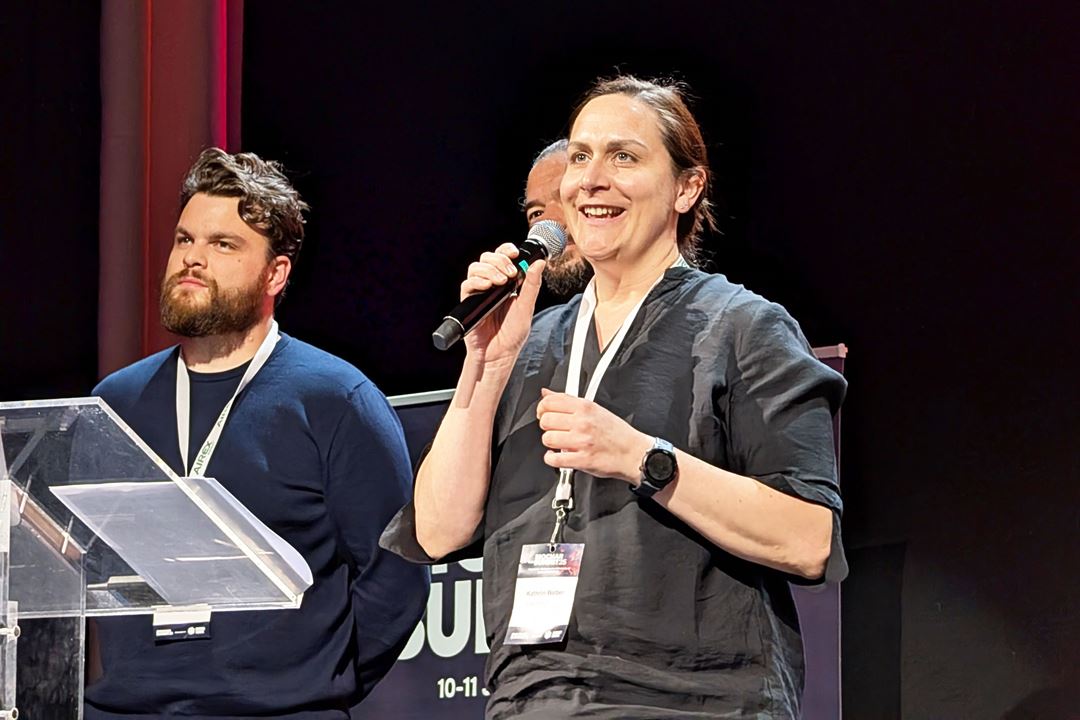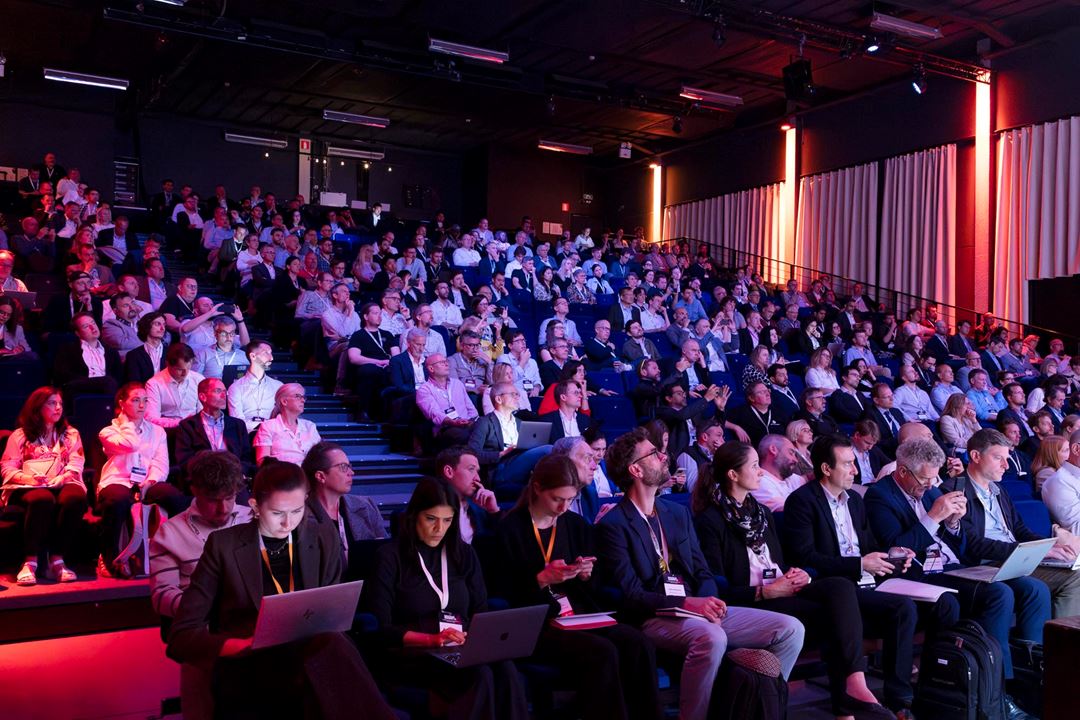Advancing biochar as a new climate-friendly sector in Europe
Held in Brussels from 10-11 June, the 2025 Biochar Summit gathered 350 European biochar actors from across the value chain to advance biochar’s role in both climate mitigation and value creation.
The Summit was organised by Biochar Europe in partnership with the Nordic Biochar Network, and featured 38 presentations, 35 posters, 16 exhibition stands and nine keynote speakers, spanning research initiatives, industry projects and policy creation.
SINTEF Energy Research was also heavily involved in the year’s summit, both as an organising partner and through the contributions of Kathrin Weber, who manages the bioenergy research group.
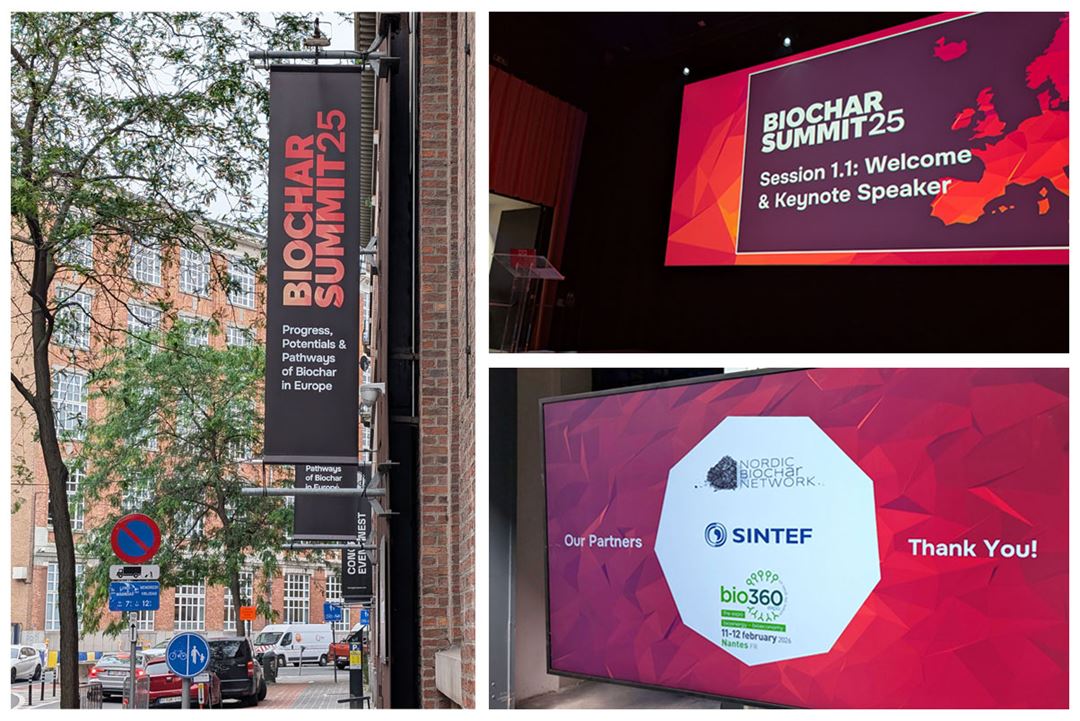
Outside of SINTEF, Kathrin is president of the Nordic Biochar Network and a member of Biochar Europe’s scientific council. She served as head of the scientific committee for the Summit. As such, she played a central role in the Summit’s planning and execution.
"We received over 100 abstracts. It’s great to see so much enthusiasm for biochar, with such a wide range of new and creative solutions being developed!” said Kathrin.
Biochar: built-in negative emissions
Biochar (also known as biocarbon) is produced by carbonising biomass through pyrolysis. The resulting material can store carbon for centuries by using it in applications such as soil enrichment or concrete addition. As the carbon contained in the biomass originates from CO2 originally absorbed through photosynthesis, stabilising it in biochar effectively removes it from the atmosphere, resulting in negative emissions.
A natural fit for Norway’s industrial decarbonisation needs
While many European countries focus on agricultural uses of biochar, interest is growing in its use in the metallurgical industry. This is of particular relevance to Norway, as the metallurgical industry accounts for approximately 10% of the country’s greenhouse gas emissions, largely due to its reliance on fossil carbon as an input factor.
Using biochar instead can make this process carbon neutral, as it releases the CO2 that was previously bound by photosynthesis.
This interest was clearly reflected at the Biochar Summit, with several Norwegian biochar producers and users in attendance: VOW, VOW Green Metals, NGI, OBIO, Carbofex and Norsk Biokullnettverk.
"I was really happy to see so many representatives from Norwegian biochar actors at the Summit. Decarbonising the metallurgical sector is crucial for achieving both Norwegian and European climate goals, and biochar can help us do it," said Kathrin.
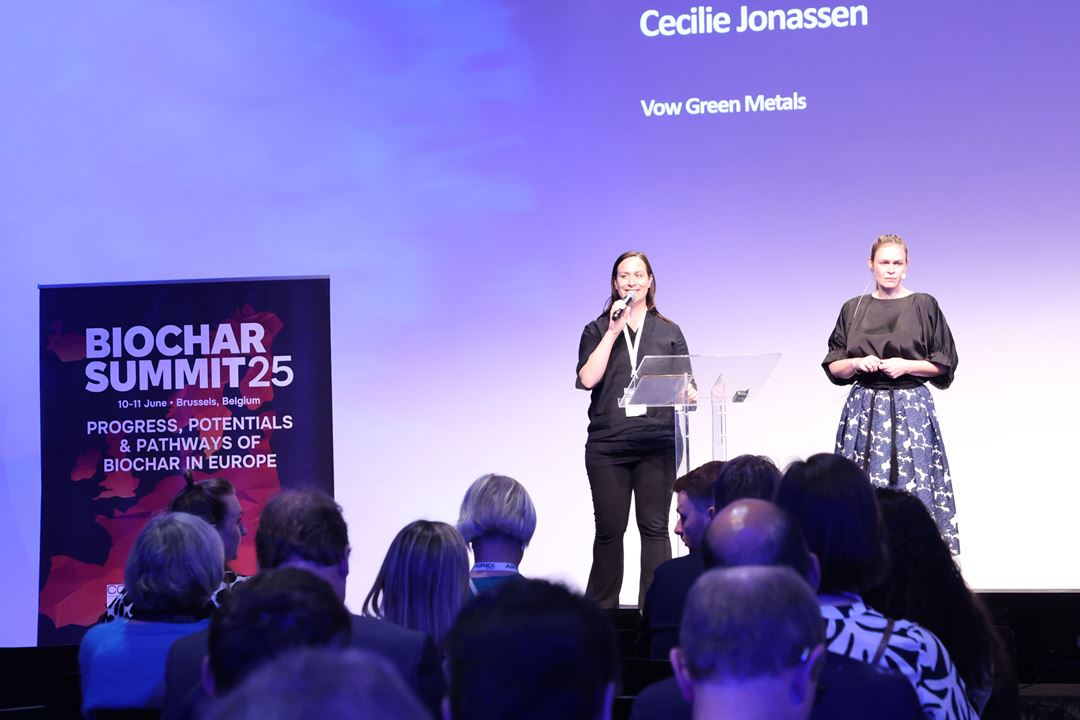
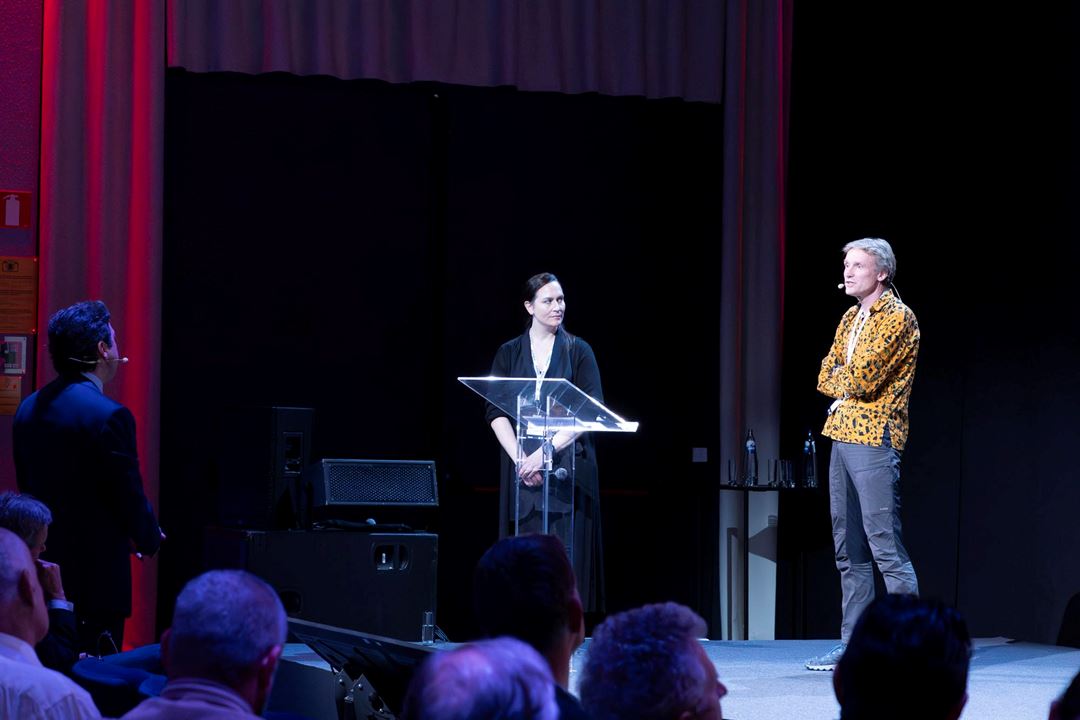
Norwegian biomass is an untapped resource
Biochar can be produced from a variety of biomass sources. In Norway, the largest potential source of biomass comes from forestry residues – aka branches and treetops, which either fall naturally or are largely unused byproducts from other industries.
“Norway has a high potential for biochar production. That said, it is important that we do not produce biochar at the expense of nature. Done correctly, biochar can also be a form of waste management and contribute to a circular economy,” said Kathrin.
Biochar can turn heavy emitters into carbon sinks
Kathrin gave the final words during the Summit's closing session, where she provided four key takeaways from the two days of discussions and presentations:
- Biochar is a market-available and scalable technology,
- Biochar can enable the construction sector to be a carbon sink rather than just a polluter,
- Biochar is essential to the European metal sector's ability to meet its climate goals,
- Biochar is not only a carbon storage tool, but also a problem solver.
With the right support, biochar can help transform some of Europe’s highest emitting industries into part of the climate solution.
“As interest in biochar continues to grow, it will be exciting to see how the field evolves between now and the next Summit in Austria in 2026. My colleagues at SINTEF and in Europe as well as myself are looking forward to being a part of that journey," said Kathrin.
